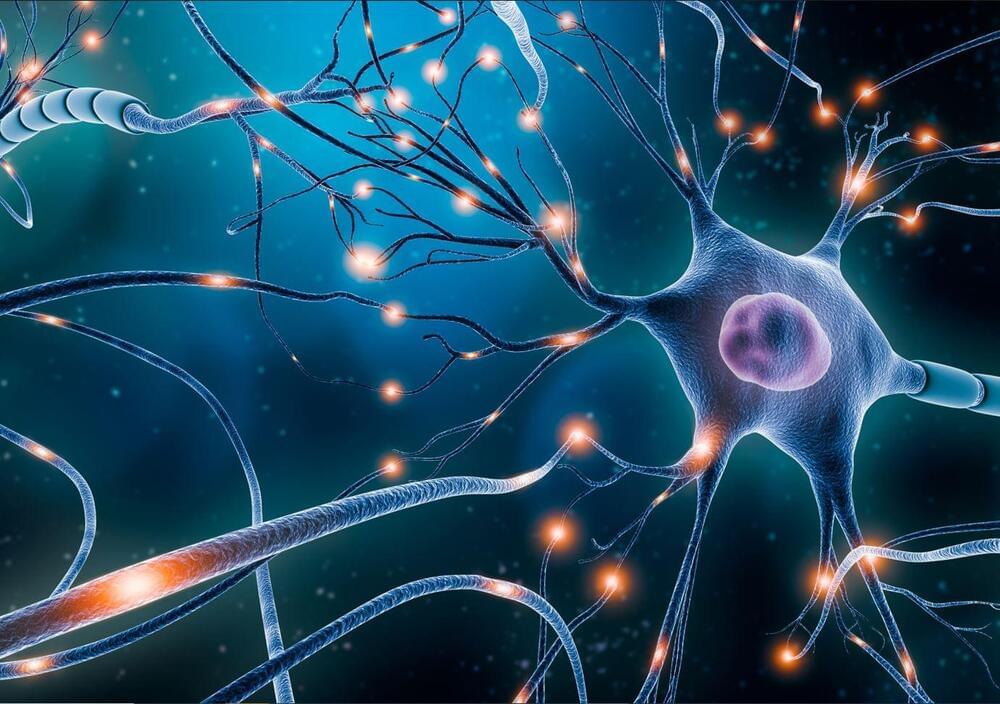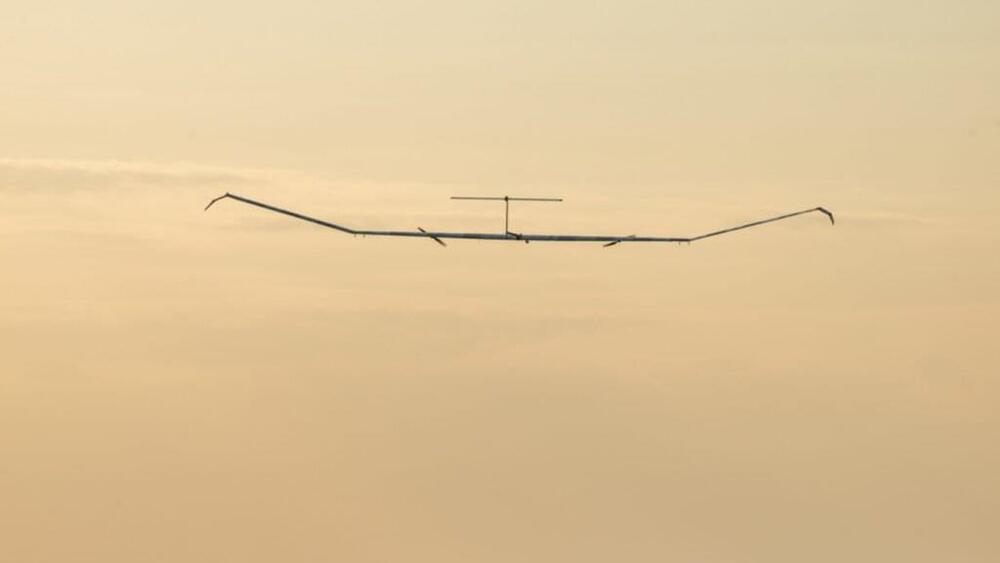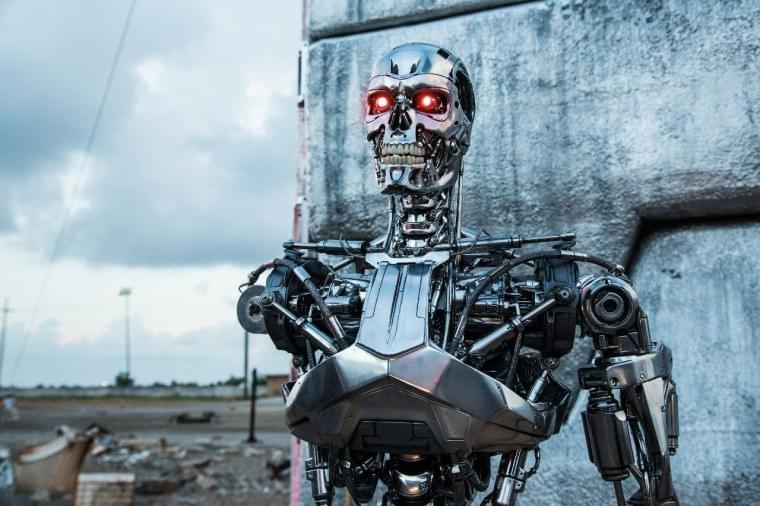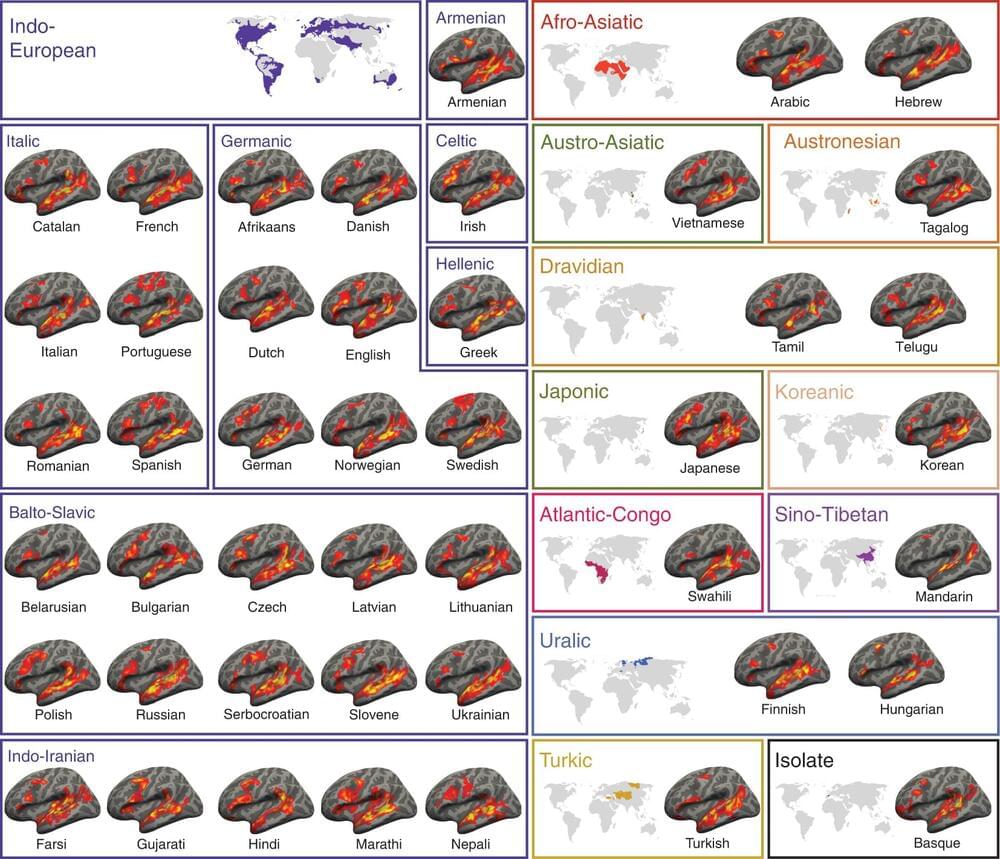
And it would not require the James Webb Space Telescope.
Astronomers think that a new observation technique relying on the detection of faint radio signals will allow them to see the first stars that formed in the middle of thick hydrogen clouds shortly after the birth of the universe.
The technique, introduced in a new paper, looks for a type of electromagnetic radiation signature known as the 21-centimeter line, which was emitted by hydrogen atoms that filled the young universe in the first hundreds of thousands of years after the Big Bang.

















